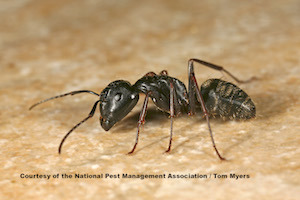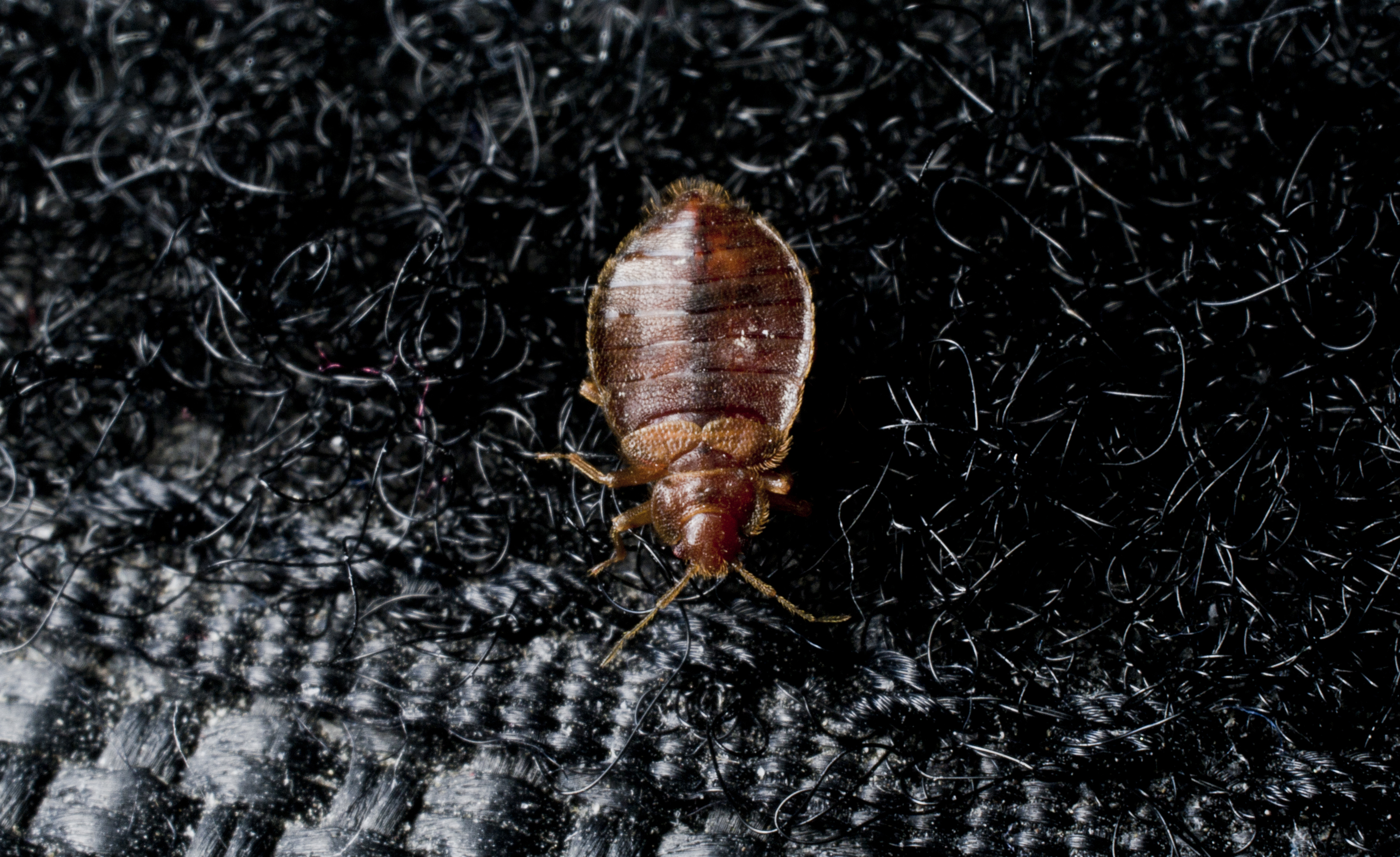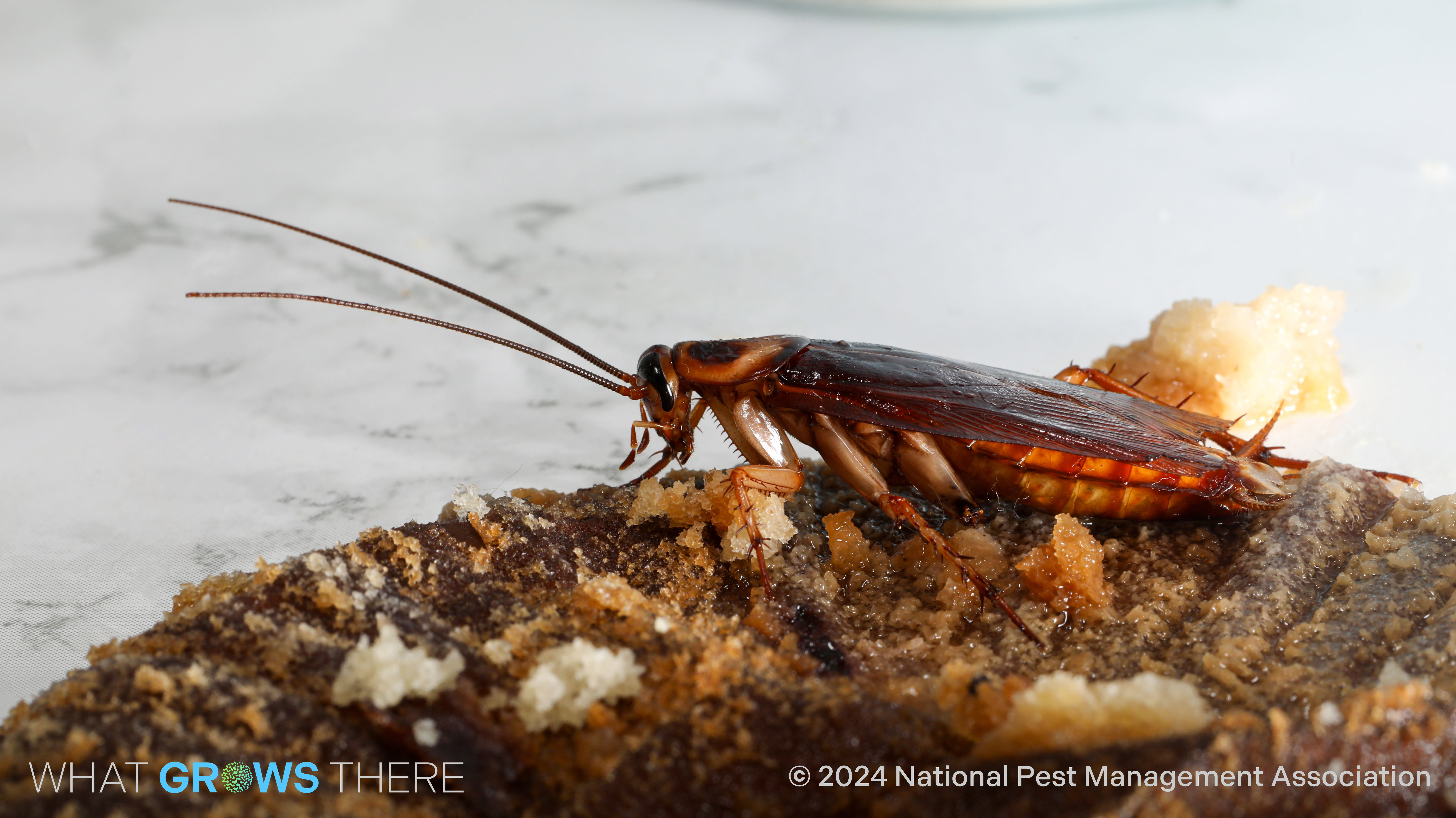The Link Between Weather and Disease-Carrying Pests: What It Means for Public Health
The National Pest Management Association’s Public Health Pest Index warns of increased pressure from disease-spreading mosquitoes, ticks, cockroaches, and rodents

FAIRFAX, VA (February 21, 2025) – Today, the National Pest Management Association (NPMA) released the Public Health Pest Index™, its bi-annual pest forecast to raise awareness about the health threats pests pose nationwide, and indicate the U.S. cities most at risk for seeing a surge in disease-spreading pests through the remainder of winter and into spring.
"While we can’t control the weather’s impact on pest activity, we can take proactive steps to prepare for what’s to come," said Dr. Jim Fredericks, Senior Vice President of Public Affairs for NPMA. "This report is about protecting public health and equipping homeowners and businesses with the knowledge to stay one step ahead, and that starts with learning the risks and leaning on the expert professionals who can keep these pests at bay.”
This seasonal report issues a statewide warning for Florida, where the Florida Department of Health underscores how the state’s warm, humid climate allows disease-carrying pests to thrive year-round. Although dry, cool conditions early in the year may have briefly slowed pest activity, residents should prepare for a surge this spring as rising temperatures and humidity create ideal breeding conditions.
“Ticks, mosquitoes, cockroaches, and rodents pose serious health risks,” said Dr. Jorge Parada, Medical Advisor for NPMA with a focus on infectious disease. “They can spread dangerous diseases like Lyme disease, West Nile virus, Salmonella, plague, and hantavirus, and even trigger asthma and allergies. Educating the public on these threats is critical, because without proper prevention, these pests can have serious consequences on our health.”
The top U.S. cities* named to NPMA’s Public Health Pest Index include:
-
Boston: Brutal snowstorms and cold snaps mid-winter will push rodents indoors in search of warmth and food sources. An anticipated warmer start to spring could give ticks a jumpstart to the season, putting outdoor enthusiasts at risk sooner than expected.
-
Cleveland: Mild, soggy conditions throughout winter could allow for pest populations to flourish. With ideal conditions for cockroaches and ticks to thrive, residents should brace for a surge in pest sightings as temperatures rise.
-
Denver: A frigid and snow packed start to the season will likely drive house mice into homes and businesses for warm places to hide this winter. In more rural areas, expect to see an increase in white-footed mouse activity inside structures.
-
Florida: A dry start to winter across Florida has sent cockroaches scurrying indoors in search of food and moisture, while extreme cold – especially in the north – has driven rodents inside for shelter. Unseasonably low temperatures may have temporarily suppressed mosquito activity, but don’t be fooled! Warmer temperatures and increased rainfall heading into spring will create the perfect storm for a mosquito resurgence statewide.
-
Grand Rapids: Record-breaking snowfall will drive rats and mice indoors in search of warmth. And with rain expected to drench the area this spring, tick populations could see a dangerous boost as temperatures climb.
-
Louisville: Extreme cold and historic snowfall have turned homes and businesses into prime targets for rats and mice desperate for food and shelter. If the predicted warm spring holds true, tick activity may begin earlier than usual.
-
New Orleans: The region’s historic snowfall has likely sent rats and cockroaches into homes in search of shelter and warmth from unexpected extremes. But as temperatures climb, expect mosquitoes to make a fierce comeback.
-
Salt Lake City: Chilly winter conditions could send house mice and white-footed mice scurrying into nearby homes and businesses, looking for warmth and water sources.
-
San Antonio: Record-breaking warmth this winter has allowed mosquitoes, cockroaches, and ticks to stay active, raising the risk of a pest boom come spring. Expect an early surge in bites, infestations, and pest-related health concerns.
-
Seattle: A warm, dry start to winter could increase rodent and cockroach activity indoors as they search for water sources. Once spring rain kicks in, tick populations could see an increase.
-
Washington, DC: A rollercoaster winter – starting off unusually warm and ending in heavy snowfall – has made rodent pressure skyrocket. If spring arrives early, tick activity will surge, posing an increased health risk for the region.
*Listed in alphabetical order, not numeric ranking.
Homeowners can protect themselves and their families from disease-spreading pests by eliminating standing water, sealing any openings on the outside of the home, keeping food in airtight containers, and disposing of garbage regularly. If you suspect a pest infestation, contact a qualified pest control professional immediately to help properly identify and treat the issue. For more information, visit PestWorld.org.
###

Learn About Ants
Ants are a common pest homeowners struggle to eradicate. Learn more about them!

Bed Bug Pest Guide
Traveling for the holidays this year? Be sure to keep an eye out for bed bugs! Use our Pest Guide to help identify this pest.

NPMA's What Grows There? Project
Check out NPMA's What Grows There? project to learn how pests, such as flies, cockroaches and rodents, can spread germs throughout a home.

About the National Pest Management Association
The NPMA, a non-profit organization with more than 5,500 members, was established in 1933 to support the pest management industry's commitment to the protection of public health, food and property from the diseases and dangers of pests. For more information, visit PestWorld.org or follow @PestWorld on Facebook, X, Pinterest, TikTok and YouTube and @PestWorldOfficial on Instagram.

Learn About Ants
Ants are a common pest homeowners struggle to eradicate. Learn more about them!

Bed Bug Pest Guide
Traveling for the holidays this year? Be sure to keep an eye out for bed bugs! Use our Pest Guide to help identify this pest.

NPMA's What Grows There? Project
Check out NPMA's What Grows There? project to learn how pests, such as flies, cockroaches and rodents, can spread germs throughout a home.
